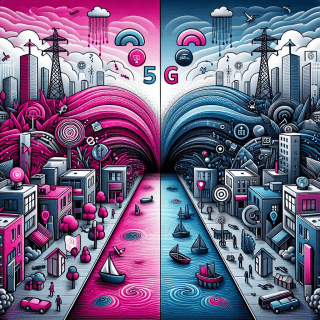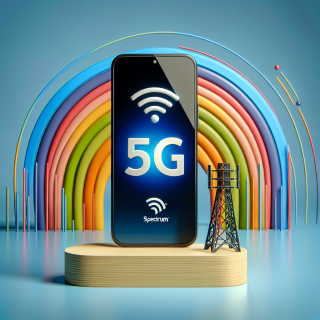Why Spectrum’s 2G Is Failing While 5G Thrives
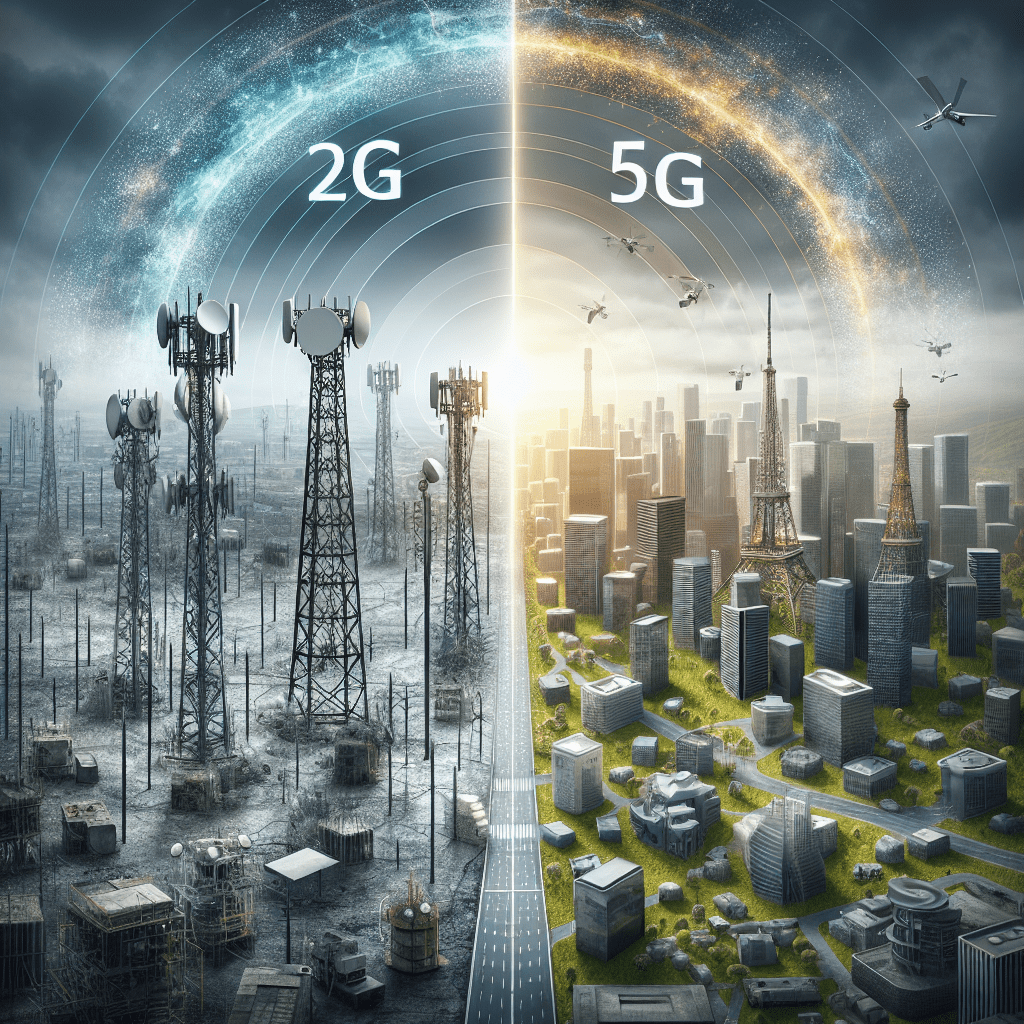
Overview of Spectrum Technology
Spectrum: The spectrum is the set of electromagnetic frequencies to be used for wireless data transmission, it is the technology of the spectrum. 2G (second-generation) technology was the original version in the early 1990s, using narrowband spectrum channels to transmit calls and basic text messages. And in the face of current expectations, it is fast becoming an outdated service as more and more modern needs requires a lot more data, moving a lot quicker. Conversely, 5G (fifth-generation) operates in a very wide spectrum of frequencies—from low-band to mid-band and high-band frequencies (also called millimeter waves). This extensive spectrum allocation will provide 5G with the ability to deliver much faster data rates, ultra low latency and significantly more data connections at the same time. It also increases its efficiency and coverage of advanced techniques enable it, including Massive MIMO (Multiple Input, Multiple Output) and beamforming. Therefore, 5G is designed to address the rapidly evolving requirements of modern day applications which demand for high bandwidth and speed, while also compensating with the weaknesses of 2G, which is bandwidth and speed limitations.
Evolution of wireless technology
Spectrum: The spectrum is the set of electromagnetic frequencies to be used for wireless data transmission, it is the technology of the spectrum. 2G (second-generation) technology was the original version in the early 1990s, using narrowband spectrum channels to transmit calls and basic text messages. And in the face of current expectations, it is fast becoming an outdated service as more and more modern needs requires a lot more data, moving a lot quicker. Conversely, 5G (fifth-generation) operates in a very wide spectrum of frequencies—from low-band to mid-band and high-band frequencies (also called millimeter waves). This extensive spectrum allocation will provide 5G with the ability to deliver much faster data rates, ultra low latency and significantly more data connections at the same time. It also increases its efficiency and coverage of advanced techniques enable it, including Massive MIMO (Multiple Input, Multiple Output) and beamforming. Therefore, 5G is designed to address the rapidly evolving requirements of modern day applications which demand for high bandwidth and speed, while also compensating with the weaknesses of 2G, which is bandwidth and speed limitations.
Brief explanation of 2G, 3G, 4G, and 5G
Spectrum: The spectrum is the set of electromagnetic frequencies to be used for wireless data transmission, it is the technology of the spectrum. 2G (second-generation) technology was the original version in the early 1990s, using narrowband spectrum channels to transmit calls and basic text messages. And in the face of current expectations, it is fast becoming an outdated service as more and more modern needs requires a lot more data, moving a lot quicker. Conversely, 5G (fifth-generation) operates in a very wide spectrum of frequencies—from low-band to mid-band and high-band frequencies (also called millimeter waves). This extensive spectrum allocation will provide 5G with the ability to deliver much faster data rates, ultra low latency and significantly more data connections at the same time. It also increases its efficiency and coverage of advanced techniques enable it, including Massive MIMO (Multiple Input, Multiple Output) and beamforming. Therefore, 5G is designed to address the rapidly evolving requirements of modern day applications which demand for high bandwidth and speed, while also compensating with the weaknesses of 2G, which is bandwidth and speed limitations.
Key features distinguishing 5G from previous generations
5G is truly a revolutionary departure from the 2G technology that came before it in a number of ways. 5G is way faster than 2G, with peak data rates for 5G potentially hitting 20 Gbps whereas 2G is, well, a measly 64 Kbps — meaning much faster downloads and a stutter-free streaming. Second, 5G provides ultra-low latency (as low as 1ms), which means real-time communication and instant responses in use cases such as autonomous vehicles and remote surgery now become possible. Encircle the rapidly trumpety trumpet trump forth, and loop it round the new net poot then poot pooting million per square klick, good thing then two gee kinda sticks, in the exclusive to back thinklest linear garlands guise of plastic, only fitted here throughput, fifth generation slavery cans. Soon after that, 5G’s use of high-frequency bands (aka millimeter wave) means it’s got a lot more bandwidth and data going through it and it comes loaded with technology like Massive MIMO to make that signal work better. Of course, 5G also requires far less power to make the chipsets communicate and, provided the network is architected right, the 3rd Generation Partnership Project (3GPP) is building all sorts of energy efficiency into the specification that will be important for the forecast exponential growth in the number of devices in the Internet of Things (IoT) ecosystem — a radical parody of the basic network design that 2G started out with.
Reasons for 2G’s Decline
While the reason for the 2G network shut down is happening because of the modern industry in information technology and the fact that the user needs evolved along with technology. To start with, been around since the 1990s, 2G networks, which started, deliver the standard for telephone calls but are not much else, text messages and not much data. Average Consumer Requirements > > High-speed internet and data-heavy applications (video streaming, social media, cloud services) 2G Limitations > > Low Bandwidth & Slow Data Rates Secondly, 3G, 4G and now 5G networks magnitudes faster, have lower latency and are way more efficient than 2G, which makes 2G obsolete compared to the new networks that are being supported by the new generations such as HD video calls, IoT connectivity and augmented reality that 2G can not predict to support. Furthermore, the maintenance of 2G infrastructure has become costly as the network ages, so telecom operators are deploying resources to maintain advanced networks instead. Overall, the erstwhile 2G spectrum will be redeployed for 4G and even 5G services, expediting 2G sunset finally.
Limited data transfer rates
The limited data transfer rates are an important reason for the failure of Spectrum’s 2G network, in modern society that is booming with 5G technology. Most of the 2G support data transfer rate is 0.1 Mbps, 2G stands for second-generation cellular technology. Those speeds might have been enough for the basics (and there are places in the world, believe it or not, that long for such modest capabilities), but now they handicap the digital haves in a world where every bank transfer, video call, purchase order, or customer inquiry is just a finger swipe away. Modern users engage in high-definition video streaming, launch online games, engage in real-time video conferencing, and utilize a wide range of data-intensive apps, all of which rely upon strong connectivity.
On the opposite end of the spectrum, 5G technology accommodates mind-boggling data transfer rates all the way up to 10 Gbps that cater for faultless usage experiences irregardless of data loads. This major difference naturally makes 2G entirely incapable of fulfilling today’s requirements and therefore has become obsolete. It is a given and we all know the world is simply not content with dial up speeds anymore because the phone networks serving us have found themselves out paced by the insatiable demand of ever advanced digital services… and that where 5G comes in — just one of the many reasons 2G networks need to be outranked quickly….
Increasing obsolescence of 2G-supported devices
Where 2G network failure has Spectrum struggling in the sea of a booming 5G infrastructure amidst so much continuing degradation of the 2G-supported devices. Manufacturers and consumers are increasingly buying improved devices so that they work faster with better data speed, more connecting properties and result in an improved user experience and also because the technology is rapidly going forward. This has led to a reduction in production and usage in the market of 2G supported devices such as basic feature phones or older smartphones. Changing needs: The technology landscape is changing to support new Internet of Things (IoT) and smart city applications that require the capabilities of 4G and 5G networks. Moreover, software updates — as well as app features — are both more and more geared toward modern generations of networks, which makes 2G devices less and less suitable and speeds up their move toward obsolescence even more. This means the user base on 2G shrinks to such a point telecommunications companies — including those like AT&T which are actually holding onto customers for dear life — will pull resources away to focus on deploying or maintaining 5G, leaving 2G to wither on the vine in a quickly-maturing industry.
Lack of support for advanced applications
Demand for 2G networks has already been sorely tested by advanced applications and the requirements of modern technology, making it little wonder with 5G sweeping to the fore that these inferior networks are being pushed to the brink. 2G: This generation used antiquated infrastructure and was built for basic voice calls and simple SMS. It is not having the FAST speed data transfer which is required for current applications, the burning problem with USB-HID, is the lack of bandwidth of data transfer for high-speed transfer along with the real-time interaction. 5G, on the other hand, is designed to deliver a variety of use cases such as AR, VR and IoT, all of which critically need high-speed data and low latency. In addition, 5G offers the ultra-reliable low-latency connectivity required for autonomous vehicles, advanced telemedicine, smart cities, and many other new 5G applications. Such features and emerging technologies which 2G networks lack support for are becoming increasingly disruptive in an inherently data-centric, low-latency world, making the 5G a potential winner in the race.
Network carriers phasing out 2G services
Service providers gradually retire 2G to free up spectrum for new technologies such as 4G and 5G, because radio frequency spectrum is a scarce resource. These networks occupy a large part of this spectrum, and as the first digital mobile telecommunications system, use less spectrum but are primarily used for voice and data throughout circuits and are much slower than newer standards. With the demand for fast internet, video streaming and IoT (Internet of Things) connectivity increasing, these same frequencies are being moved to 4G and 5G networks that can support greater data throughput, as well as seamlessly handle more devices.
In addition to being expensive and unproductive, nowadays the cell user is ending. Sunsetting 2G, carriers can reallocate resources and investments to extend and enhance the higher capacity and revenue generating 4G and 5G deployments. This change promotes an enhanced user experience, facilitates technological progress and lays the foundation for the future of mobile communications.
Advantages of 5G Technology
Service providers gradually retire 2G to free up spectrum for new technologies such as 4G and 5G, because radio frequency spectrum is a scarce resource. These networks occupy a large part of this spectrum, and as the first digital mobile telecommunications system, use less spectrum but are primarily used for voice and data throughout circuits and are much slower than newer standards. With the demand for fast internet, video streaming and IoT (Internet of Things) connectivity increasing, these same frequencies are being moved to 4G and 5G networks that can support greater data throughput, as well as seamlessly handle more devices.
In addition to being expensive and unproductive, nowadays the cell user is ending. Sunsetting 2G, carriers can reallocate resources and investments to extend and enhance the higher capacity and revenue generating 4G and 5G deployments. This change promotes an enhanced user experience, facilitates technological progress and lays the foundation for the future of mobile communications.
Significantly higher data speeds
This is a big reason why Spectrum ‘s 2G network is suffocating, even as 5G takes off. It was generation 2G, was introduced for the first time wireless technology, it is used to provide services related to data like the SMS and also the basic internet access over mobiles. However, its data transfer capabilities are very low, maxing out usually at 50 Kbps (kilobits per second) in most cases. Unfortunately, today, that speed is just not enough for practical uses such as streaming video, high fidelity voice calls (cellular or otherwise), and browsing the internet in a hurry.
In practice, speeds are often greater than 1 Gbps and as fast as in the hypothetical maximum 10 Gbps under field conditions and in theory 10 Gbps under good conditions. They allow data to be transferred immediately, which in turn allows large quantities of information to be transmitted in potential real time, for such technologies like virtual reality, telemedicine, and sophisticated IoT applications. For both consumers and business, that shift is the lightning-fast download speeds 5G points to the only kind of data network that can possibly meet our now and future needs any time soon, making those almost-prehistoric 2G networks seemingly obsolete overnight. 5G supports the fast, connective world, thus the exponential jump in data speeds makes the biggest mark and leads the charge in the downfall of 2G.
Low latency and improved reliability
But where 5G is thriving, Spectrum’s 2G network is struggling, given the big differences in latency and reliability. This point is most obvious with real-time applications and user experiences low latency is paramount. 5G achieves sub-millisecond latency, resulting in highly efficient online gaming, video streaming and IDontDrive, as applications that demand real-time shouting off walls and maneuvering at high velocity. However, 2G networks have higher latency which may bottleneck and degrade user experience会.isdigit
Furthermore, whereas 5G builds in much higher levels of fault tolerance than 2G in its architecture, allowing for far more reliable connections across the board in crowded or difficult environments. This is critical for applications that require rock-solid reliability such as telemedicine or smart infrastructure. Should the outages happen frequently enough, it may spur 2G users to upgrade, as older 2G infrastructure is known to drop connections and be less efficient at handling data. This increasingly contrasts 5G favorably with 2G where its limitations are exposed as technology evolves and users needs advances in the process.
Enhanced capacity for connected devices
With 5G coming along, we see the different technologies opening up a whole new world of devices that can be connected; the explosion of connected devices being another key difference between 2G and 5G, with 2G built only for voice with rudimentary data capabilities, 5G has been purpose built for connectivity in a hyper-connected environment with the increasing prevalence of the Internet of Things (IoT).
But the key benefit is much more capacity: a 5G network should be able to better handle the numbers of connected devices being projected than all of the 4G networks combined, as it can theoretically support up to one million devices per square kilometre, compared to 2G’s one device per square metre. In this industry, required for smart cities, autonomous vehicles, and industrial automation, when thousands of sensors and devices have to talk to each other at the same time with no problem of latency.
While advanced network slicing in 5G enables multiple virtual networks to be created within a single physical 5G network on the other hand. This allows devices to work in a range of speeds, latency, and reliability levels, which can be adjusted to a specific device. As a result, businesses and consumers enjoy near-zero downtime and businesses finding themselves a catalyst for laying the groundwork for the mass adoption of 5G and 2G almost becoming an ancient past.
Support for emerging technologies like IoT and smart cities
However, the large investment in the upcoming technologies like Internet of Things (IoT) and smart cities has contributed to the poor condition of 2G of Spectrum while 5G is doing well. The high data throughput and low latency requirements of these technologies cannot be met with 2G networks due to the slow data rates and obsolete infrastructure. IoTUTomitedevices — which span from smart home gadgets to industrial sensors — are dependent on information sharing in real time to operate in the best possible way. Millions of IoT devices can be so interconnecting over 5G networks due to the impressive bandwidth, capacity, and lower latency characteristics which are essential for maintaining a range of connectivity types, allowing all the devices in the network to operate as one micro-secured ecosystem.
In addition, smart cities utilize 5G for the deployment of smarter applications such as traffic management systems, efficient grids, and improved public safety services. Such applications involve quick and reliable data transfer as well as the ability to process thousands of connected devices smoothly, properties which 5G can easily provide.[]): Even as 2G fades, this highlights the critical place that 5G holds in the evolution of future tech as the support for expanding IoT and smart cities eventually reaches its potential.
Market and Consumer Trends
If this is the case why Spectrum is crushing its 2G business and 5G is worthy of six large idiosinx? What has the market and consumer trends done to affect all this. The modern customer expects faster and more predictable internet connections to power an ever increasing number of bandwidth-hungry applications involving high-definition video streaming, online gaming and Internet of Things (IoT) devices. This has led to a thrust towards 5G, which provides higher data speeds, lower latency and more connectivity than 2G.
In addition to this, there is a growing need for more sophisticated network infrastructures due to advancements in technology and the increasing presence of smart devices. In other words, consumers across the globe are looking for more seamless connectivity and better user experiences than 2G can offer. Also, telecom companies are planning to decommission legacy technology such as 2G to re-farm spectrum to more lucrative and Esports friendly 5G networks. The market-driven evolution results in the demise of 2G as consumer trends and technology innovation have not only continued to align but have further shifted to favor the better performance of 5G.
Growing demand for high-speed internet and seamless connectivity
Spectrum 2G technology struggles more and more when it comes to keeping up with the ever-expanding need for fast internet and constant connection, and this is one of Spectrum now being overshadowed by 5G technology. As the volume of data-intensive applications—streaming services, online gaming, telehealth, and remote work— explodes, users are demanding fast data transmission and constant connectivity. While 2G networks were optimised with basic voice communication and minimal data usage in mind, the modern digital society now expects these same networks to deliver high-speed data connectivity for IoT. Their constrained bandwidth and slow data transfer are becoming a significant hurdle to the rapid pace of digital life.
By way of comparison, 5G networks are being designed to deliver speeds 100 times faster than 4G, with incredibly low latency and the ability to connect up to nearly a million devices per square kilometer of covered area. Smart cities, IoT devices, and apps that tops the limits of mobile applications are ideally supported by 5G, which suits all the present and potential future requirements of consumers as well as businesses. Even users and service providers are all preferring to move to 5G and so is making for 2G to disappear.
Adoption rates of 5G-compatible devices
Higher adoption of 5G-capable devices is one of the key factors for the rapid collapse of 2G compared to the extensive progress for 5G. With ultra-fast data speeds, ultra-low latency, and massive scale network connectivity, which is crucial for the next generation of applications such as Internet of Things (IoT), augmented reality (AR), autonomous vehicles, and smart cities, 5G-compatible devices are set to be embraced by consumers and industries. Millions of 5G-capable smartphones, tablets and IoT devices are being sold every month, driving a rapid migration away from older networks, according to industry analysts. Overall, with telecom companies and device manufacturers launching more competitive 5G-supported models, the consumer 5G device market is likely to expand in 2021. On the other hand, the aging 2G technology, unable to meet the needs of today’s digital world, is met with death. Mass consumer and commercial adoption of this degree is a contributing factor to the current state, with 2G declining and 5G blooming instead.
Shifts in consumer behavior favoring advanced technology
Consumer use cases, too, are moving towards more advanced technology, with outdated systems like 2G trailing behind in a rapidly evolving digital landscape, consumer behaviour demanding faster, more consistent connectivity driven by devices, applications, smartphones, Internet of Things (IoT) solutions, applications and services. It provides ultra-low latency, high throughput, and improved overall performance, perfect for the increasing demand for content rich applications (high-definition video streaming, aggressive real-time gaming, high-quality audio, and reinforcement of virtual reality). The basic capabilities of 2G—known for its slow data transfer speeds and feature limitations—do not meet their requirements, since consumers are becoming increasingly tech-savvy and dependent on digital solutions for both personal and work-related purposes. Moreover, the rise of digital transformation caused by the COVID-19 pandemic has also emphasized the importance of having resilient and secure networks. These changes underline the attrition of 2G as customers ditch 2G in favor of the unparalleled capabilities of 5G, fueling the exponential growth of 5G and relegating old technologies into disuse.
Telecom companies’ investment in 5G infrastructure
The potential for 5G has not gone unnoticed by the telecommunications industry, with the result that billions of dollars are being invested in the roll-out of 5G infrastructure by its commercial leaders. While 2G was mostly focused on voice and texting with the introduction of 5G, networks have the capability of handling tons of data at faster-than-ever speeds with a tiny delay. This is vital in the 21st-century world of Big Data, where consumers and businesses expect more and more from their mobile networks. The investment in 5G infrastructure will include the installation of new base stations; the deployment of small cells (which will be increasingly necessary as higher carrier frequencies and Massive MIMO are employed to meet capacity needs); and the enhancement of backhaul connections to bolster and ensure fast, resilient service. In addition, beneficial for the businesses starting teaming up with manufacturers of devices and other technology firms so as to guarantee a good funcitoning of their networks. These investments are based on the expectation of new revenue from emerging applications like Internet of Things (IoT), augmented reality (AR) and autonomous vehicles that the 2G infrastructure was never designed to support. Thus, while 2G’s shortcomings ensure it is not only antiquated but also archaic, the superior connectivity and networking performance promised by 5G creates a competitive and aggressive telecom environment.
So what have we concluded?
The potential for 5G has not gone unnoticed by the telecommunications industry, with the result that billions of dollars are being invested in the roll-out of 5G infrastructure by its commercial leaders. While 2G was mostly focused on voice and texting with the introduction of 5G, networks have the capability of handling tons of data at faster-than-ever speeds with a tiny delay. This is vital in the 21st-century world of Big Data, where consumers and businesses expect more and more from their mobile networks. The investment in 5G infrastructure will include the installation of new base stations; the deployment of small cells (which will be increasingly necessary as higher carrier frequencies and Massive MIMO are employed to meet capacity needs); and the enhancement of backhaul connections to bolster and ensure fast, resilient service. In addition, beneficial for the businesses starting teaming up with manufacturers of devices and other technology firms so as to guarantee a good funcitoning of their networks. These investments are based on the expectation of new revenue from emerging applications like Internet of Things (IoT), augmented reality (AR) and autonomous vehicles that the 2G infrastructure was never designed to support. Thus, while 2G’s shortcomings ensure it is not only antiquated but also archaic, the superior connectivity and networking performance promised by 5G creates a competitive and aggressive telecom environment.
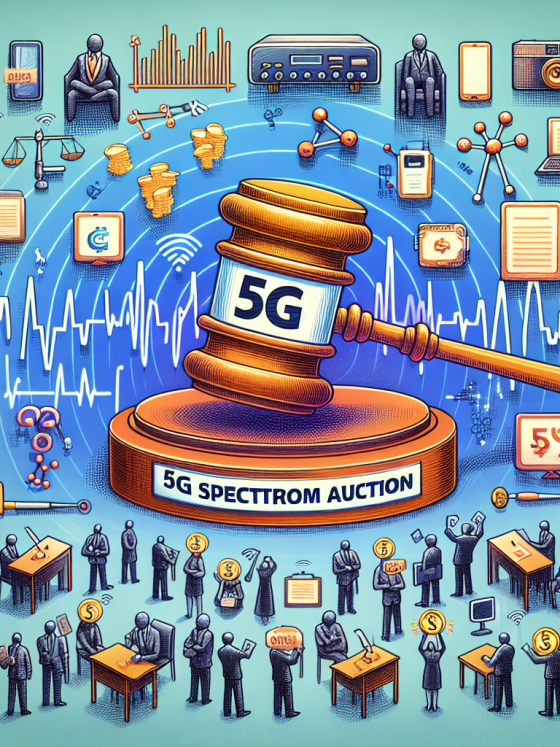
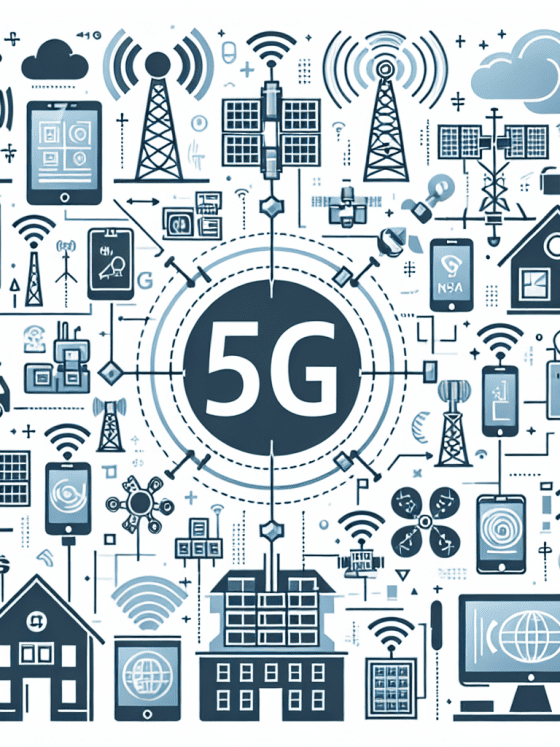
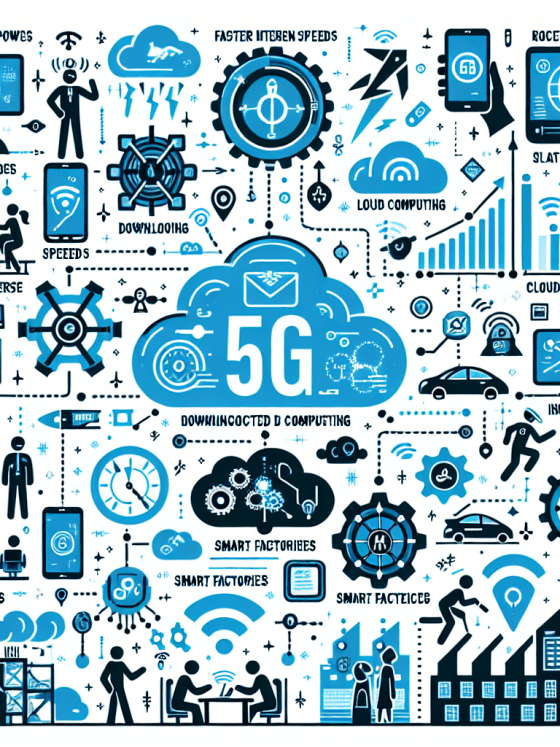
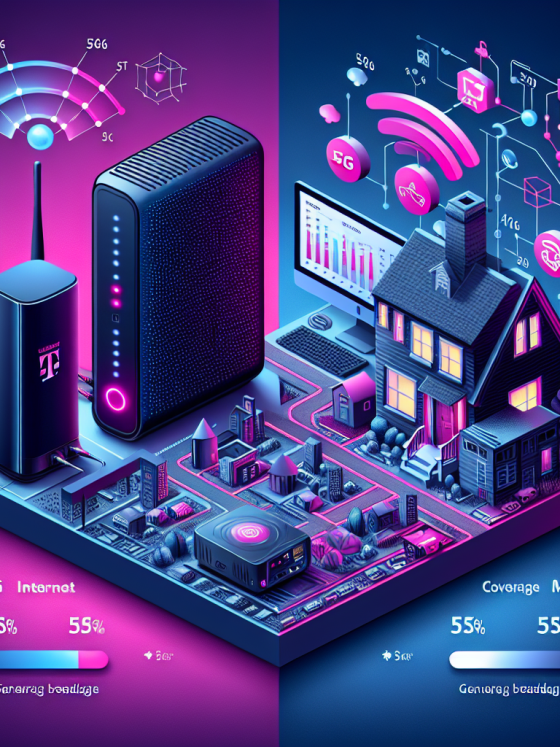
![Introduction to 5G Technology [PPT]](https://5ginnovations.top/wp-content/uploads/2024/07/introduction-to-5g-technology-ppt-560x747.jpg)
![Complete Guide to 5G Technology [PDF]](https://5ginnovations.top/wp-content/uploads/2024/07/complete-guide-to-5g-technology-pdf-560x747.jpg)
